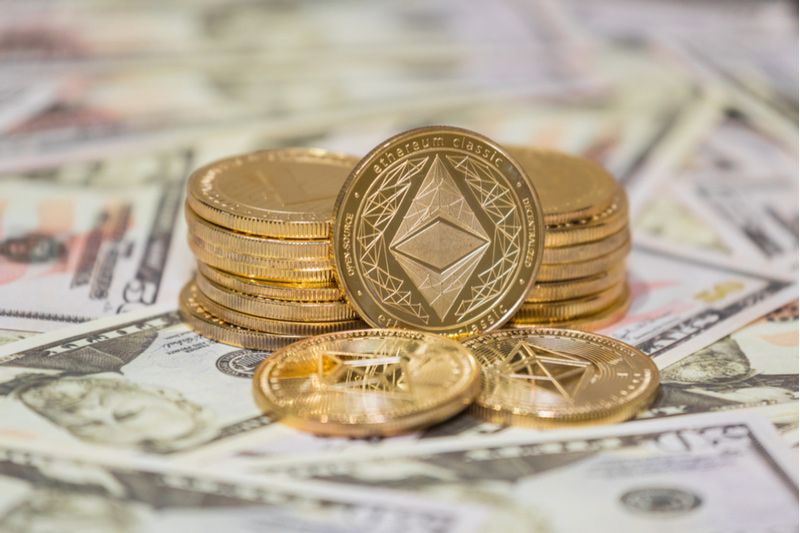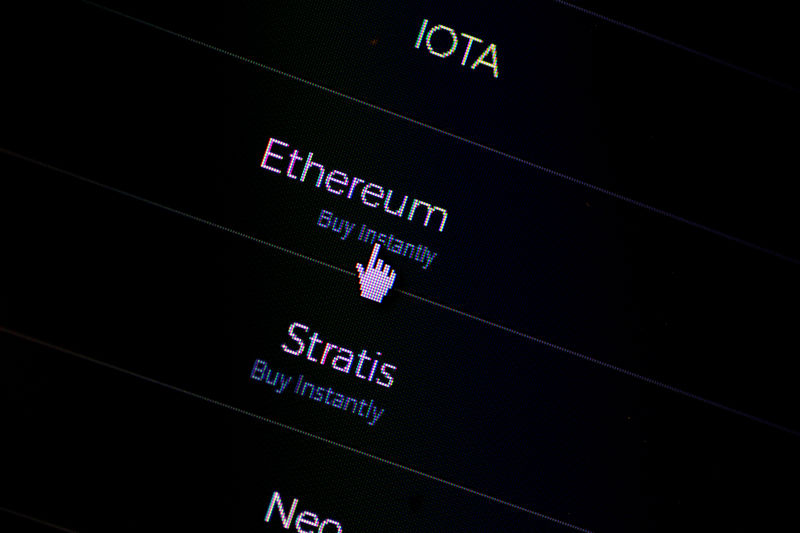U.Today has finally entered recovery mode after breaking above the $0.000016 level, despite a substantial price drop. At the current pace, we could see a long-term recovery. However, don't celebrate too soon; several factors are contributing to this reversal.
Shiba Inu’s severe oversold condition is one of the main causes of the recent surge. An asset is oversold if its price has fallen too far and too fast, giving traders the opportunity to make a buy. Due to the oversold condition on the RSI, SHIB became a desirable buy option in case of a rebound.
Although there has been a significant technical recovery, these trends are usually temporary. The market-wide pullback is another factor that has helped Shiba Inu recover. Over the past few days, overwhelming selling pressure has been applied to the cryptocurrency market, leading to large declines across a variety of different assets.
SHIB entered a reversal trend as the market started to show signs of recovery. The notable lack of whale activity is a major factor contributing to SHIB’s recovery.
However, selling pressure on SHIB was reduced because there were fewer or no whales in the area. Since there are plenty of cheap tokens available to buy due to the lack of whales, it is easier for smaller investors to invest without worrying about significant sell-offs causing the price to drop even further.
The bulls woke up
Bitcoin bulls have finally returned from their pause, which has helped the value of the digital gold to rise a bit higher than its recent trading levels. The asset successfully broke above the $58,000 mark, indicating a positive shift in momentum. However, we can’t celebrate just yet. The 200-day EMA resistance level is still on the horizon.
The recent recovery in Bitcoin price is due to the market-wide rally that saw major cryptocurrencies rally from their recent lows. Investors are feeling more optimistic as a result of this positive trend, but it is important to remember that overall market sentiment remains cautious.
The 200 EMA is an important technical barrier for Bitcoin. This moving average, which depends on the state of the market, has historically served as an important level of resistance or support. The 200 EMA is currently slightly above the $58,000 threshold. To maintain its upward trajectory, Bitcoin needs to break through this resistance level. If it doesn't, there could be another drop that wipes out its recent gains.
stays in trouble
Ethereum is falling below $3,000 again after the asset failed to find enough support to continue rising. It is safe to say that the asset is in a very troubled state, with all on-chain and market indicators showing extremely weak activity among users and investors.
The main cause of Ethereum’s troubles is the absence of significant support from investors. The asset has met resistance on multiple occasions despite attempts to reverse course and break above the crucial $3,000 mark, suggesting a lack of buying pressure.
The overall market mood remains cautious and investors don’t seem eager to invest big money into ETH. Ethereum’s on-chain metrics paint a dismal picture. There have been comparatively few transactions on the network along with a decline in user engagement. It seems that interest in Ethereum and its ecosystem has declined based on this decline in on-chain activity.
Market indicators also show how problematic Ethereum is at the moment. The decline in trading volume can be attributed to a decrease in interest from institutional and retail investors. Moreover, the RSI is still in the oversold zone, suggesting that although ETH is currently cheap, buyers are not yet flocking to it.
This article was originally published on U.Today






